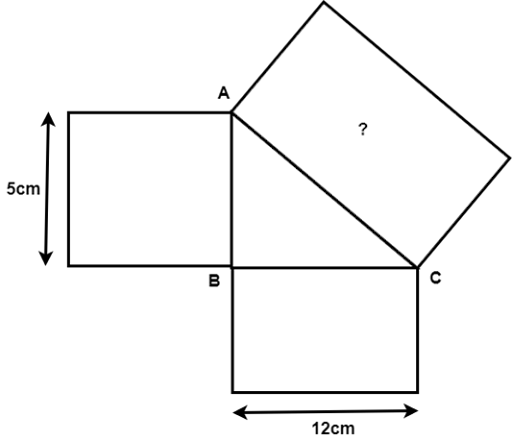Exponents and Powers Class 8 Extra Questions and Answers Free PDF Download
FAQs on CBSE Important Questions for Class 8 Maths Exponents and Powers - 2025-26
1. What are some of the most frequently asked 1-mark important questions from CBSE Class 8 Maths Chapter 10, Exponents and Powers?
For the 2025-26 exams, students should focus on single-step questions for 1 mark. These typically include finding the value of expressions with negative exponents (e.g., find the value of 3-2), applying the zero exponent rule (e.g., what is (60 + 50)?), or finding the multiplicative inverse of a number with a power.
2. Which laws of exponents are crucial for solving important questions from this chapter?
To score well, it is essential to master the following laws of exponents as they are used in almost all simplification problems:
- Product of Powers: am × an = am+n
- Quotient of Powers: am ÷ an = am-n
- Power of a Power: (am)n = amn
- Product of Powers with Same Exponent: am × bm = (ab)m
- Quotient of Powers with Same Exponent: am ÷ bm = (a/b)m
- Zero Exponent: a0 = 1 (for any non-zero 'a')
- Negative Exponent: a-m = 1/am
3. How are questions on expressing numbers in standard form tested in the Class 8 Maths exam?
Questions on standard form (or scientific notation) are very important and usually ask you to perform one of two tasks. You may be given a very large or very small number (e.g., 0.0000057 or 149,600,000) and asked to write it in the form k × 10n, where 1 ≤ k < 10. Alternatively, you might be given the standard form and asked to convert it back to its usual form.
4. What kind of High Order Thinking Skills (HOTS) questions can be expected from Exponents and Powers?
HOTS or difficult questions from this chapter often require applying multiple laws of exponents in a single problem to find the value of an unknown variable. For example, you might be asked to find the value of 'x' in an equation like (5/7)-3 × (5/7)-9 = (5/7)3x. Solving this requires first simplifying the left side using the product rule and then equating the exponents.
5. For the 2025-26 board exams, what type of simplification problems can be expected for 3 marks?
For 3 marks, expect multi-step simplification problems that test your knowledge of negative exponents and at least two or three laws of exponents combined. A typical important question would be to evaluate an expression like [(1/3)-2 - (1/2)-3] ÷ (1/4)-2. These questions test your ability to handle operations in the correct order.
6. Why is it that any non-zero number raised to the power of zero is 1?
This is a fundamental rule that stems from the division law of exponents. Consider the expression am / am. According to the division rule, this simplifies to a(m-m) = a0. However, we also know that any non-zero number divided by itself is equal to 1. Therefore, by comparing the two results, we can conclude that a0 = 1.
7. What is the most common mistake students make when simplifying expressions with exponents?
A very common mistake is confusing the rules for multiplying powers with the same base versus powers with the same exponent. Students often incorrectly multiply the bases when they should be adding the exponents. For example, for 23 × 24, the correct answer is 2(3+4) = 27, not 47. Always check if the bases are the same or if the exponents are the same before applying a law.
8. How do I solve questions where I need to find the value of a reciprocal with a negative exponent?
This is a common type of important question. First, find the value of the base expression. For example, to find the reciprocal of (2/5)-2, first evaluate it. (2/5)-2 becomes (5/2)2, which is 25/4. The reciprocal is simply this value flipped, which would be 4/25. Do not take the reciprocal of the base before handling the negative exponent.



















